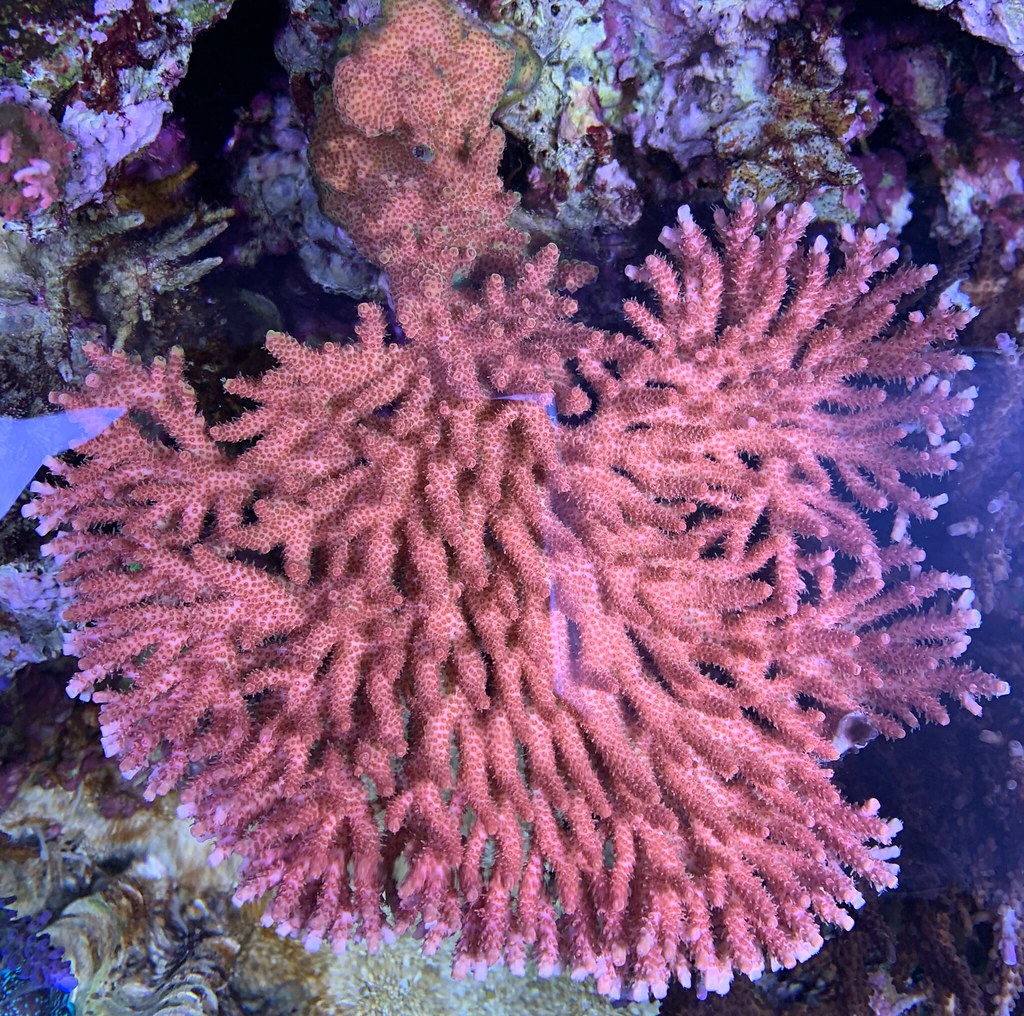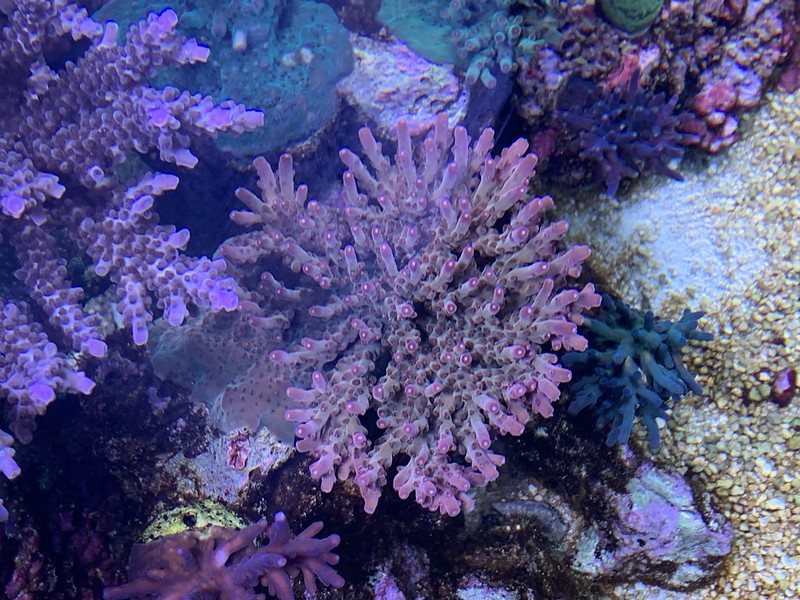- Joined
- Aug 14, 2017
- Messages
- 1,233
- Reaction score
- 1,743
Based on personal experience, I disagree with those who say worms and such will not go to the bottom of a DSB. At least not true for a 3-4" one. I had a 55 with a 3"+ DSB with sand I collected from the surf. It had no sump. I could see tunnels going down to the bottom from the side. One day I got curious and looked at the bottom with a flashlight. TONS of life down there. I would check it out often. My wife would just chuckle at me laying on my back with my head stuck in the stand.
I can't attest to the longevity because it was only set up for a few years. In those few years nothing got gummed up. The worms made sure of that. If they started showing signs of fading away I would have just added some more "wild sand".
I can't attest to the longevity because it was only set up for a few years. In those few years nothing got gummed up. The worms made sure of that. If they started showing signs of fading away I would have just added some more "wild sand".























